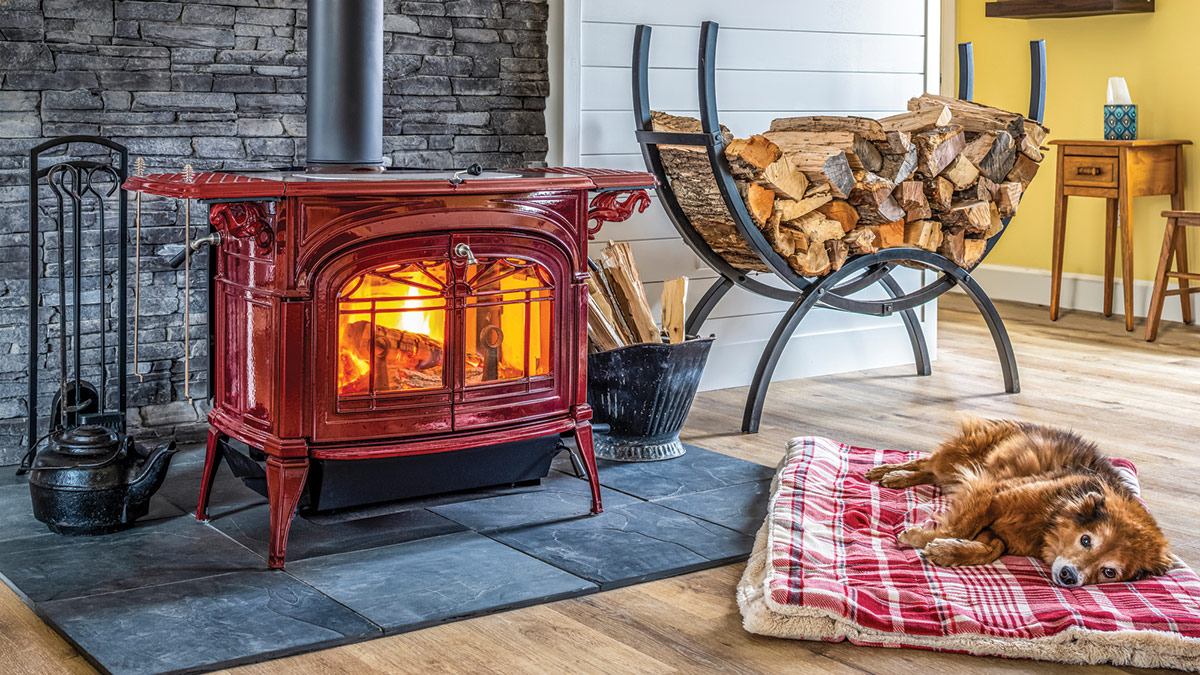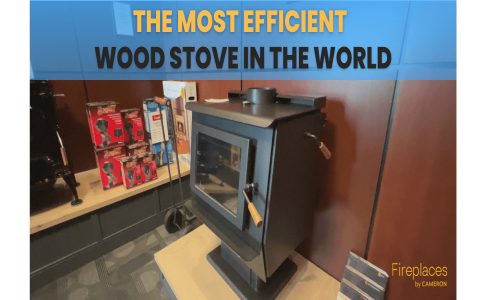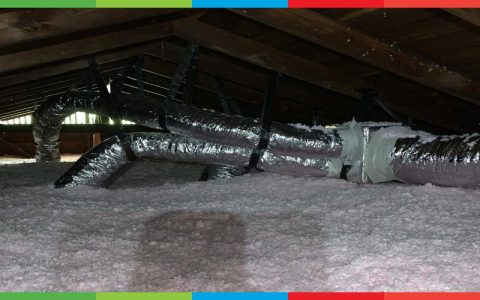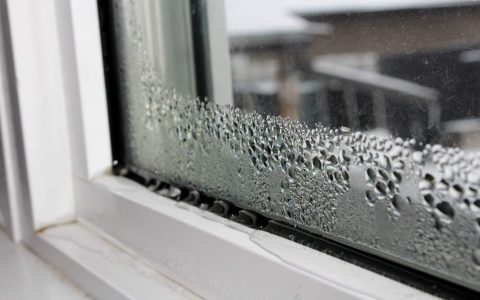Heating with a wood stove can be an effective and economical way to warm your home, but it requires careful consideration of several factors to ensure safety and efficiency.
Stove Selection and Sizing
Choosing the right wood stove is paramount. Consider the following:
- Efficiency: Look for EPA-certified stoves. These units are designed to burn wood more completely, resulting in higher heat output, lower emissions, and less fuel consumption. Efficiency ratings are typically expressed as a percentage.
- Size (BTU Output): The stove's heating capacity, measured in British Thermal Units (BTUs), should match the size of the space you intend to heat, considering factors like insulation, ceiling height, and climate. An oversized stove will run too cool, leading to inefficient combustion and creosote buildup, while an undersized one won't provide adequate warmth.
- Combustion Technology: Modern stoves often feature catalytic or non-catalytic secondary combustion systems that burn off smoke and gases, increasing efficiency and reducing pollution.
Fuel: The Importance of Seasoned Wood
The quality of your firewood directly impacts stove performance and safety.

- Type of Wood: Hardwoods (e.g., oak, maple, hickory) generally have higher energy density and burn longer than softwoods (e.g., pine, fir). Softwoods ignite more easily and are good for kindling.
- Seasoning: Wood must be properly seasoned (dried) to a moisture content below 20%. This typically takes 6-12 months after felling and splitting. Burning wet wood produces less heat, more smoke, and significantly more creosote, a flammable byproduct that can cause chimney fires.
- Storage: Store wood off the ground, covered on top to protect from rain and snow, but with sides open to allow for air circulation and continued drying.
Installation and Safety
Proper installation is critical for safe operation.
- Clearances: Adhere strictly to manufacturer-specified clearances from combustible materials (walls, floors, furniture). Use appropriate heat shields if necessary.
- Hearth Pad: The stove must sit on a non-combustible hearth pad that extends a specified distance in front and to the sides.
- Chimney System: Use a professionally installed, UL-listed chimney system appropriate for wood stoves. The chimney must be the correct height and diameter. Regular inspection and cleaning are essential.
- Detectors: Install and maintain working smoke and carbon monoxide detectors in your home, especially near the stove and in sleeping areas.
Efficient Operation Techniques
- Starting the Fire: Use small pieces of dry kindling and paper to establish a hot fire quickly. Avoid using flammable liquids.
- Air Control: Learn to operate the stove's air controls. The primary air supply is usually for starting the fire, while secondary air (or a single lever on some models) controls the burn rate and combustion efficiency once the fire is established. Aim for a bright, active flame, not a smoldering one.
- Loading: Do not overload the firebox. Follow manufacturer guidelines. Typically, loading smaller amounts more frequently is better than one large load.
- Ash Removal: Remove ashes regularly into a metal container with a tight-fitting lid. Store the container outdoors on a non-combustible surface away from structures, as ashes can retain hot embers for days. Leave a small ash bed (about 1 inch) in the stove as it can aid combustion.
Maintenance
Regular maintenance ensures longevity and safety.
- Chimney Sweeping: Inspect and clean the chimney at least once a year, or more often if you burn wood frequently or use unseasoned wood. Creosote buildup is a major fire hazard.
- Stove Inspection: Regularly check door gaskets, firebricks, baffles, and the stove body for wear or damage. Replace worn gaskets to ensure an airtight seal, which is crucial for controlling the burn.
In summary: Effective wood stove heating relies on choosing an appropriately sized, efficient stove, using well-seasoned firewood, ensuring correct and safe installation, employing proper burning techniques, and committing to regular maintenance of both the stove and chimney. These practices maximize heat output, minimize fuel consumption, and significantly reduce safety risks.









